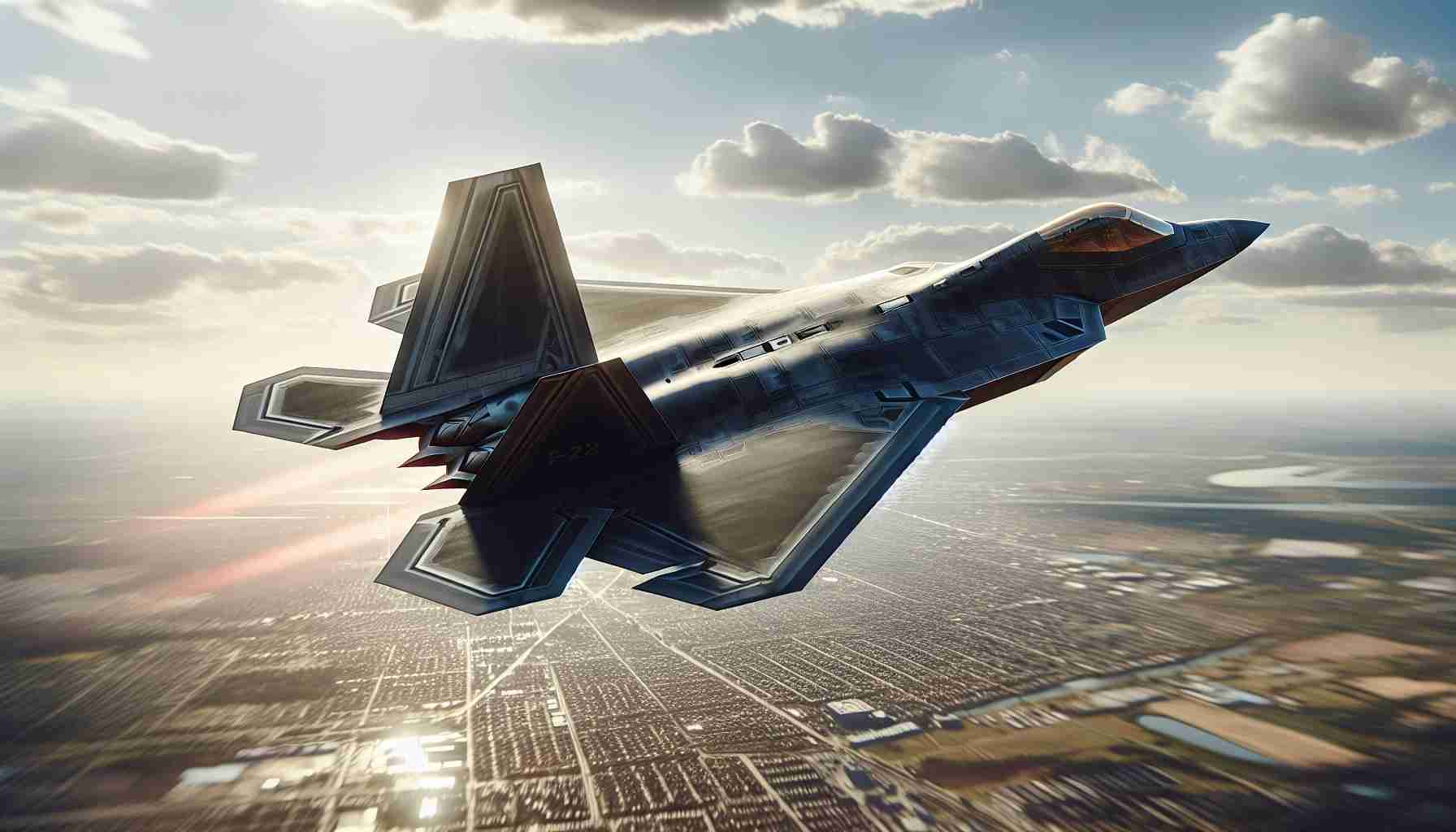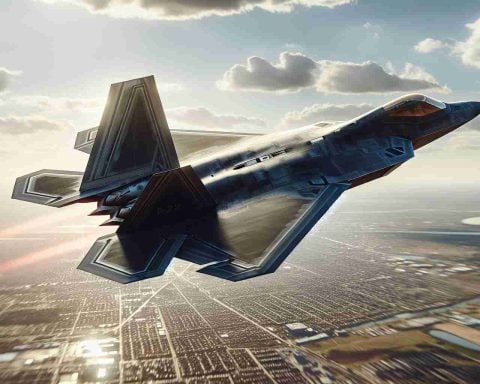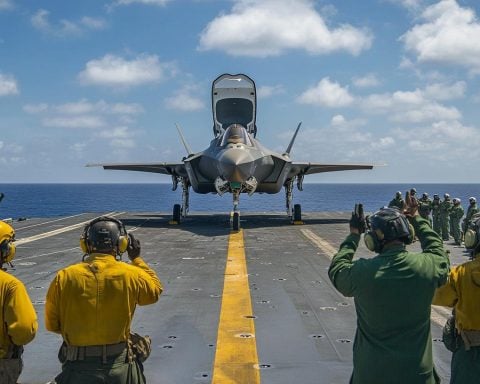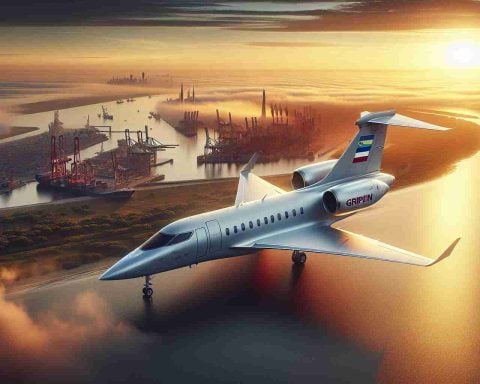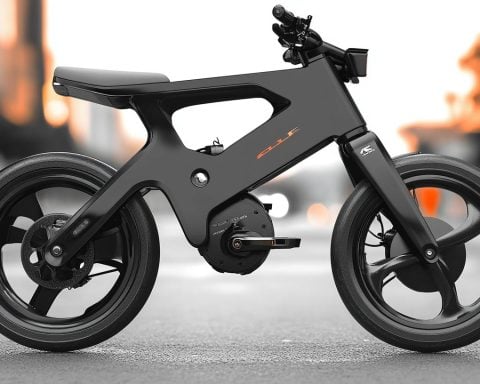The F-22 Raptor, a pinnacle of modern aviation, redefines what it means to soar the skies. With its state-of-the-art design, this stealth fighter embodies superior speed and agility, making it an unmatched force in the air.
One of the key elements that propels the F-22 Raptor to such incredible velocities is its use of afterburner thrust. The afterburner, a vital component in the aircraft’s propulsion system, injects additional fuel into the jet pipe behind the turbine, igniting with the air to produce a fiery blast of thrust. This additional power allows the F-22 to surpass the speed of sound, achieving Mach 1.8 or higher without compromising stealth.
Moreover, the twin Pratt & Whitney F119-PW-100 turbofan engines are masterpieces of engineering, delivering an extraordinary thrust-to-weight ratio. This enables the Raptor to not only excel in straight-line speed but also perform high-speed maneuvers that confound adversaries.
Beyond its speed, the F-22’s advanced avionics and stealth capabilities often steal the spotlight. Radar-absorbent materials and meticulously designed surfaces minimize its radar signature, allowing it to operate unseen by enemy radar. Combined with its impressive speed, these features make the F-22 a formidable opponent in air superiority.
As the F-22 Raptor continues to defend airspace with unmatched efficacy, its technological prowess reaffirms its status as one of the most advanced fighters ever created, pushing the boundaries of what is possible in aviation.
The Hidden Costs of Cutting-Edge Aviation: What the F-22 Raptor Means for the Future
The F-22 Raptor might sound like the epitome of modern aviation, but its creation and operation come with significant questions about the future of military technology and budget priorities. Is the extraordinary speed and agility of this stealth fighter a step forward for humanity, or does it come with hidden drawbacks?
While the F-22’s capabilities are undeniably impressive, the astronomical costs associated with its development and maintenance present a significant controversy. The Raptor’s hefty price tag raised eyebrows, with each unit surpassing $150 million. Such figures provoke debate about the allocation of defense budgets and whether funds could be better spent on more comprehensive defense systems or humanitarian efforts.
What are the advantages and drawbacks? The F-22’s unparalleled stealth and speed provide critical air superiority, potentially deterring conflicts and enhancing national defense. Yet, high costs and limited production numbers mean that the sustainability of such advanced jets is in question. Its high-performance engines, though groundbreaking, are also complex and expensive to maintain.
Could advancements in civilian technologies emerge from this military marvel? Components from advanced aircraft often flow into commercial aviation, leading to breakthroughs in efficiency and safety. However, these transfers are not guaranteed and can take decades to materialize.
As we ponder these questions, it’s crucial to weigh the balance between achieving military supremacy and ensuring responsible, beneficial technological progress for all. How do we justify the expenditures on such cutting-edge technologies when equitable distribution remains an ever-pressing global challenge?
For further exploration into aviation innovations, visit boeing.com and nasa.gov.

